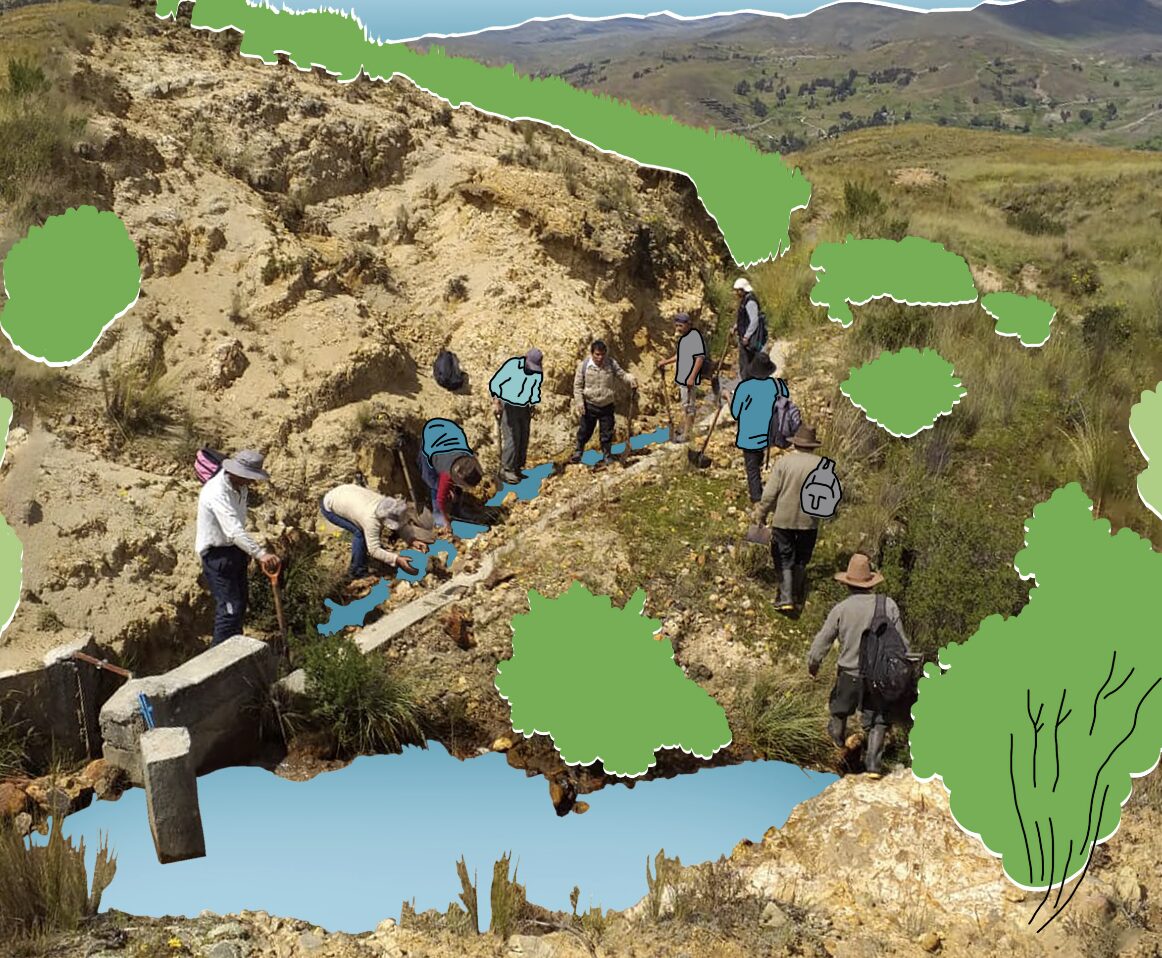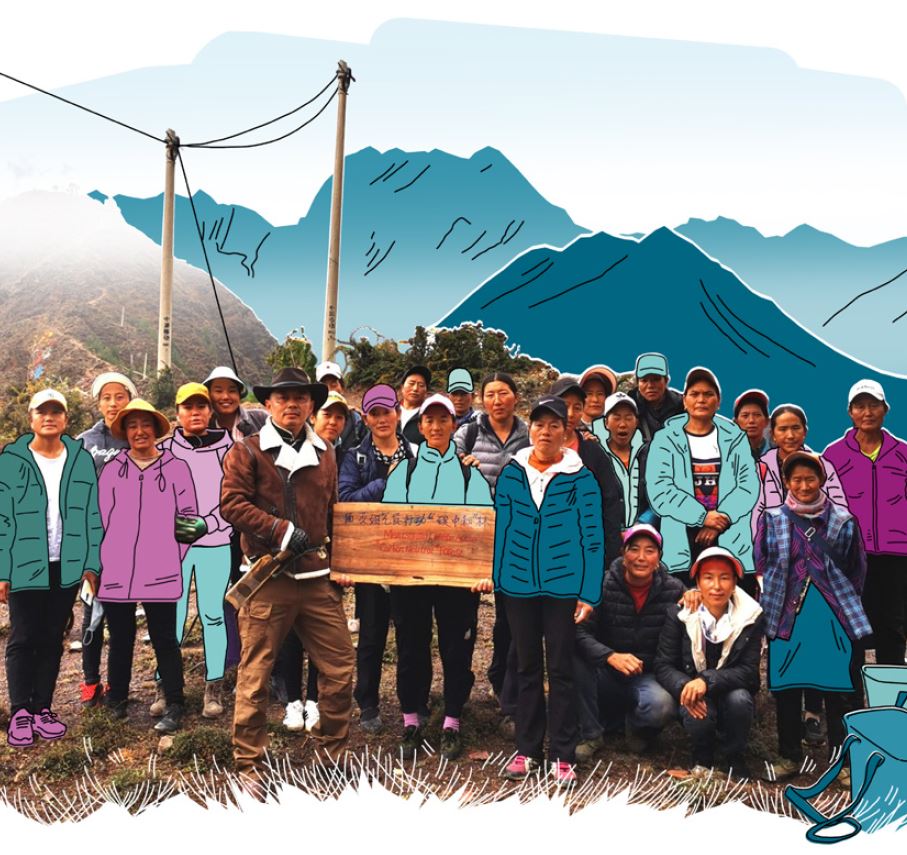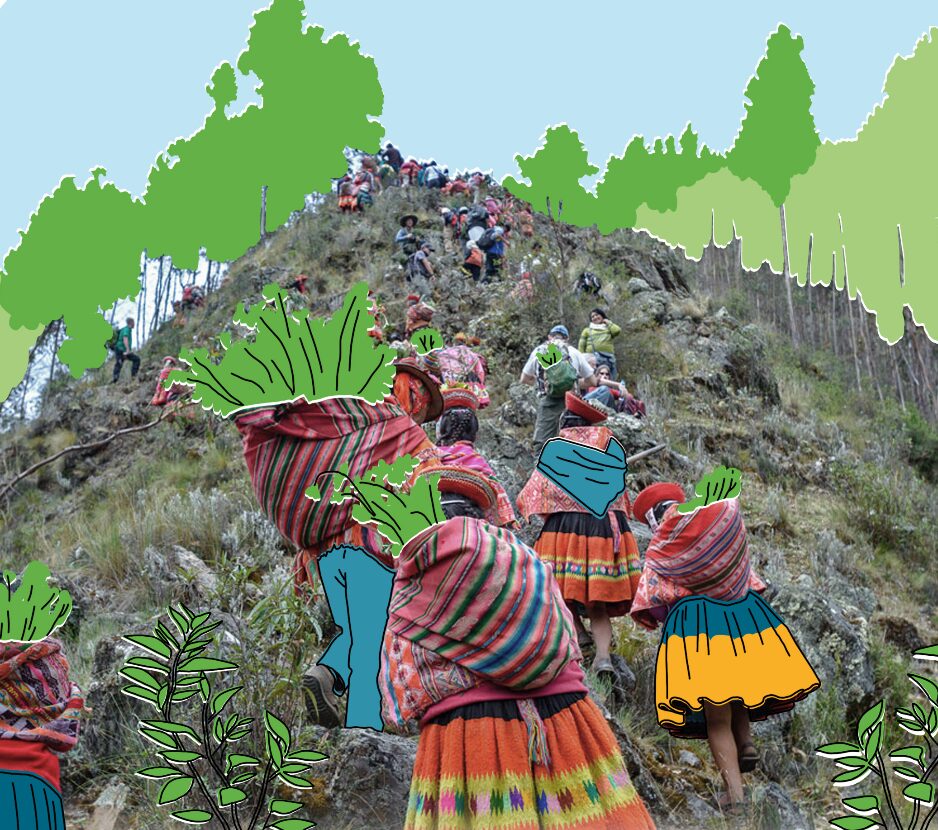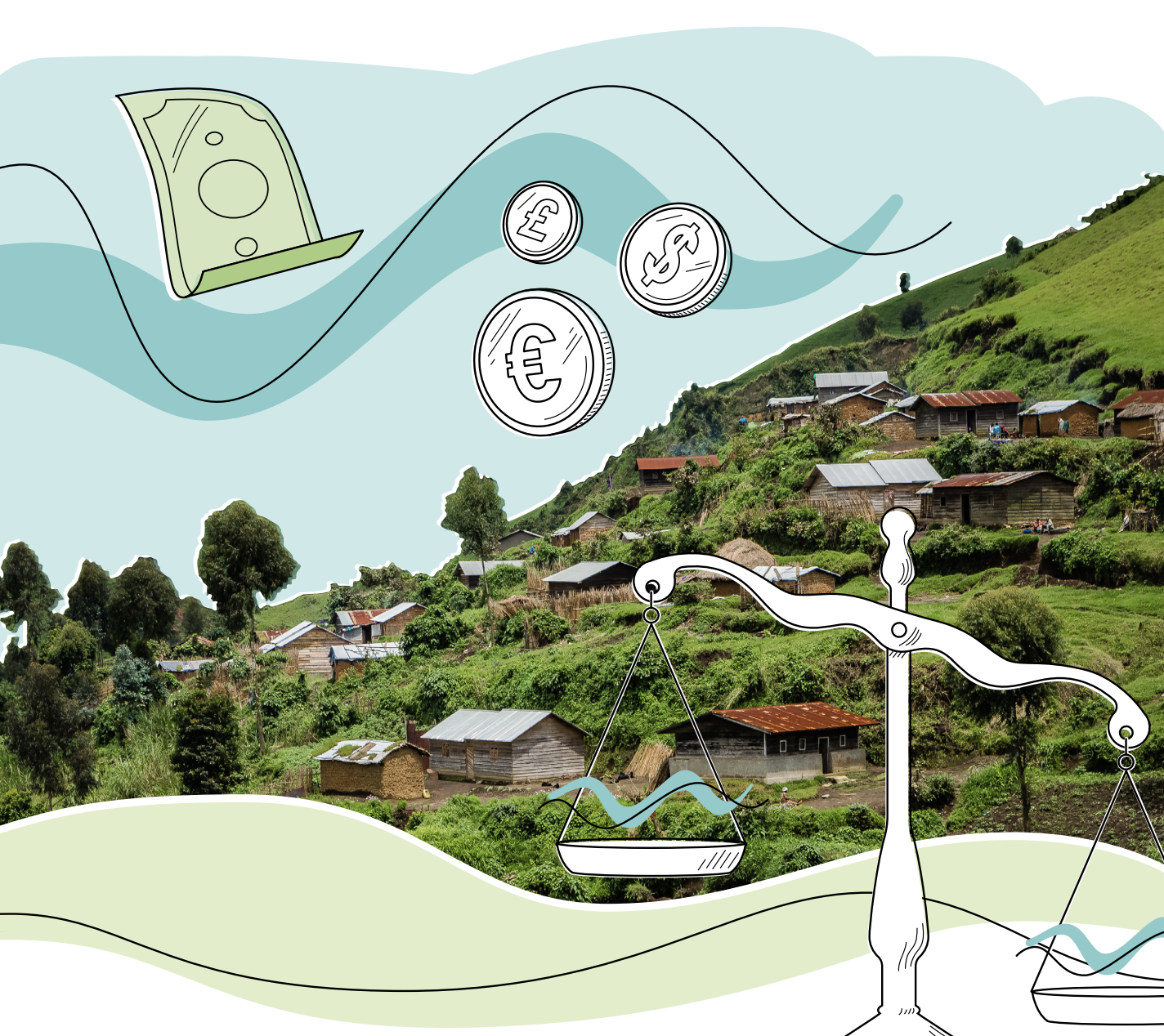Leave no mountain behind: the synthesis series – Migration, mobility and immobility in the mountains

This article is an abridged version of the original text, which can be downloaded from the right-hand column. We highlight some of the brief’s key messages below, but please access the original text for more comprehensive detail, full references, or to quote text.
Introduction
For people across the world, changing location to avoid disaster and access better resources and livelihoods is an ancient strategy. This practice continues today in mountain areas, where permanent relocation, seasonal (circular), and longer-term temporary migration away from places of usual residence are used to reduce disaster risk, supplement annual incomes and access new opportunities.
Approximately 1 billion people worldwide are international or internal migrants. Globally, migration is increasing. There were approximately 281 million international migrants in 2020 (3.6% of the world’s population), up from approximately 84 million in 1970 (2.3% of the world’s population). Just less than half of these – 135 million – were women.
Climate change – together with development failures and growing mountain populations – is altering and hastening these patterns of migration. Climate change impacts are both directly and indirectly intensifying the socioeconomic factors that typically cause people to migrate. These factors – including low financial income, limited livelihood choices, food and water insecurity, and poor access to services – are already acute for many remote mountain communities.
This brief looks at long-term migration in mountain areas and its drivers as well as its impacts on communities and wider society. It explores how climate change is contributing to increased migration in mountain areas and provides examples of climate change adaptation interventions that can help address these drivers and improve the lives of those who choose to stay. Lastly, it discusses the planned relocation of communities: when this may be needed and how this has been done to date. Our focus is on rural mountain communities in low and middle-income countries that are the most vulnerable to climate change and have the most to gain (and lose) through migration.
Key Messages
- Rural mountain communities in developing countries are amongst the most vulnerable in the world due to their remoteness from economic centres, high incidences of food insecurity, low levels of service provision, and dependence on agriculture and natural resources, which in turn makes them-highly vulnerable to climate change.
- Seasonal and longer-term migration are long used and important livelihood diversification strategies for rural mountain communities in developing countries. Choices to migrate are typically driven by socioeconomic factors:
mountain households predominantly migrate to gain additional income and access to services to improve their lives and enable them to retain assets, cope with past economic shocks, and as a risk management strategy for absorbing future economic shocks. - Migration – whether seasonal or long-term – is not an option that is available to all. Without sufficient assets and capacities, and in the face of other factors such as marginalisation, migration can be a high-risk strategy. As a result, many of the poorest and most vulnerable households are immobile.
- Climate change is making mountain regions even more challenging places to live in, and this situation is set to worsen. It is indirectly contributing to migration in the mountains through adversely impacting agricultural productivity and natural resources on which the majority of households depend. These impacts are felt most keenly by the poorest households, for whom migration may not be an option or a high-risk last resort due to a lack of capacity and assets.
- Climate change adaptation interventions – adaptation ‘solutions’ – can counteract and reduce the vulnerability of mountain communities to the negative impacts of climate change. These adaptation solutions include interventions aimed at increasing water security, improving agricultural productivity, and diversifying livelihoods. Implemented successfully, adaptation interventions can enable households to live better lives in situ, reducing the need for migration as a livelihood strategy.
- As climate change progresses, the limits to climate change adaptation may be met in many rural mountain areas. In these instances, the relocation of communities to new locations may be required. Much has been learned from relocation efforts to date, in particular the need to fund projects that are led by, engage with, understand, and work with affected communities in all aspects of decision-making and implementation.

Solutions
- Sustainable watershed management in glacial mountain ecosystems in Peru – explore sustainable watershed management in Peru by building and strengthening capacities for adaptation to climate change and the reduction of risks associated with the retreat of local glaciers while taking advantage of opportunities to manage water resources.
- Renewing the flow of water in Mireshelli, Azerbaijan – learn how restoring traditional crop systems and increasing the reliability of water resources being fetched from closer to people’s homes, which is reducing the workload for many women, and helps reduce the likelihood of families or communities migrating from the region due to limited water resources
- Use of traditional Ndivas in Tanzania – this project restored traditional water management infrastructure and has been used to enhance the water security of communities across the world.
- Reconversion of conventional production systems to traditional agroecological systems as a climate change adaptation strategy for small producers in Boyaca-Colombia – learn about restoring crop systems. Agricultural practices can be severely impacted by climate change and can lead to cascading impacts on communities’ livelihoods.
- Planting shade for coffee – The Sustainable Coffee Landscapes Project in Burundi – explore how practices have benefited the environment by restoring landscapes, and households have seen increased food security, income from coffee production, and resilience to climate change, therefore decreasing the likelihood of migration due to lack of economic opportunities or available resources.
- Climate-Smart Livestock Production in Ecuador: climate change adaptation for small and medium-sized livestock producers, with special focus on the Imbabura and Loja provinces – read about this solution that supported communities’ resilience and built adaptive capacity to the impacts of climate change, reducing climate vulnerability and consequently reducing the likelihood of permanent migration due to limited opportunities or resources.
- Women-centric approach to enhance resilience in Kavre district, Nepal – this project addressed water scarcity, soil fertility, crop productivity, information gaps, risk reduction and institutional linkages
- Buzz-boosting techniques – The case of beekeeping in the Eastern Arc Mountains of Tanzania – see more about how supporting livelihoods in a sustainable manner, builds longer-term community resilience to climate change.
- Women in bees-ness in Georgia – the project aimed to strengthen women’s involvement in business, diversify and improve their livelihoods, and support the local agricultural sector.
- Thrive with ecotourism – The case of the REGROW project in Tanzania – learn how improving the management of protected areas and their ecosystems in the southern highlands of Tanzania and creating livelihood opportunities that enable economic development and growth for the targeted communities.
Citation
Barrott, J., Witton, R. and Hocquet, R. (2024). Leave No Mountain Behind: The Synthesis Series – Migration, mobility and immobility in the mountains





Comments
There is no content